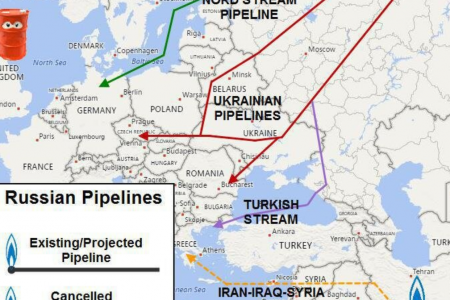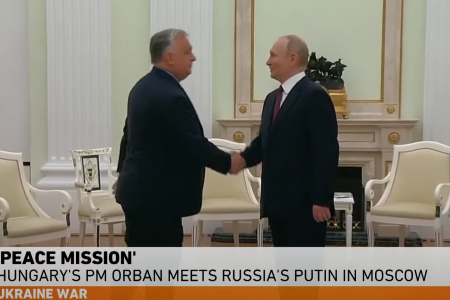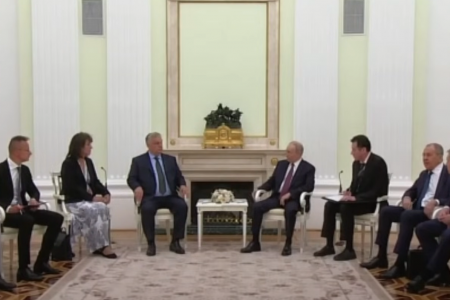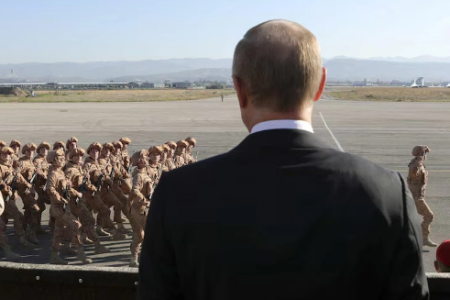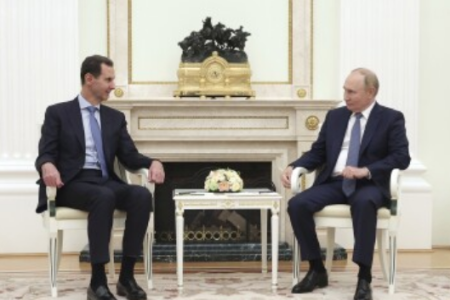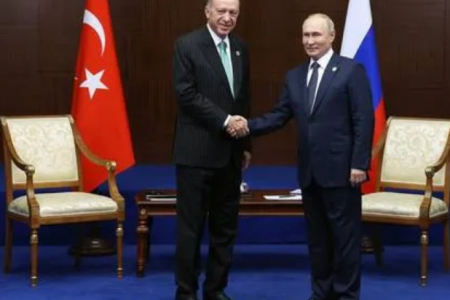
A document declassified by the White House on Jan. 12 shows that Vietnam is among the countries in Southeast Asia that Washington wants to promote security cooperation in its Free and Open Indo-Pacific Strategy with the goal of containment of China. This document is seen as the premise for the policies and guidance throughout the US government to the expansion of China during President Donald Trump’s term.
The administration of President Donald Trump released a document titled the US Strategic Framework for the Indo-Pacific (hereinafter referred to as the Strategic Framework) on January 12. This document was created at the beginning of his tenure in 2017, outlining all the guidance Washington has been taking over the past three years for the areas with the most dynamic population and economy of the world. At the end of 2017 in Danang, President Trump revealed about this policy, before he ratified it in February 2018.
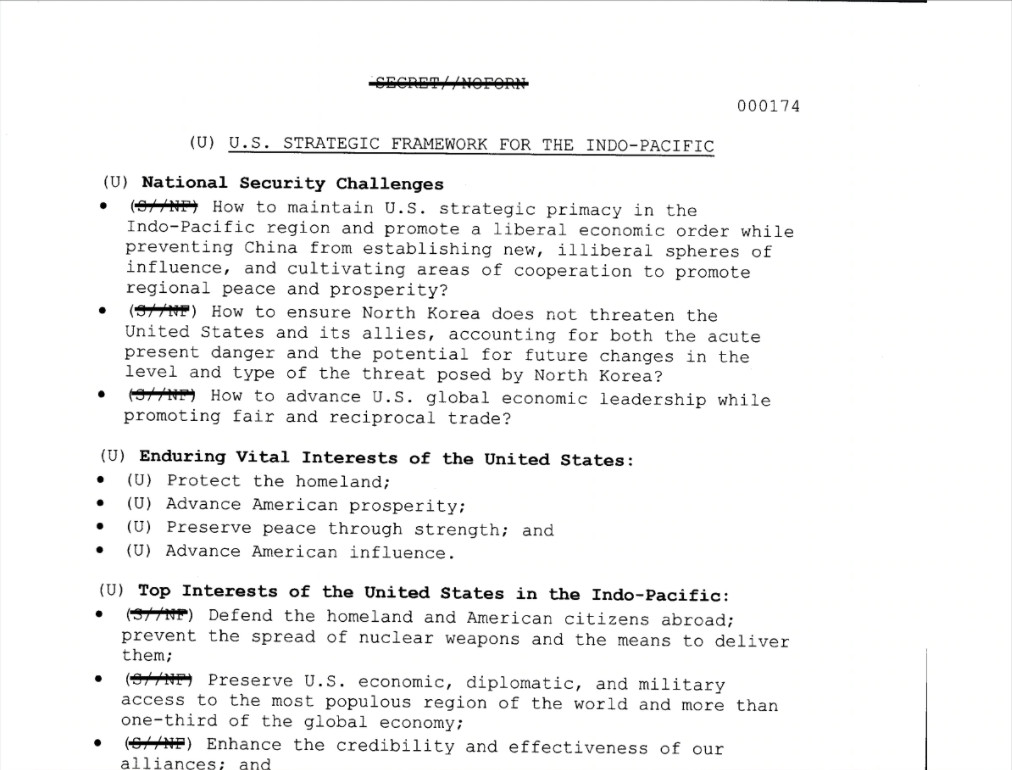
The 10-page document, of which a few are blacked out, highlights US national security challenges to Chinese influence in the region and outlines specific policies and guidelines to deal with Beijing.
The aircraft carrier docked at Danang port to celebrate 25 years of Vietnam-US relations
In addition to strengthening security and defense relations with allies and partners in the region such as Japan, South Korea, Australia, India, the Philippines, Thailand, and Taiwan, President Donald Trump’s administration also provides guidance. the approach towards ASEAN by “highlighting ASEAN’s centrality as a core component of the Free and Open Indo-Pacific policy.”
“Strengthening our relations with Singapore, Malaysia, Vietnam, and Indonesia,” the document writes, “aims to promote and strengthen the centrality of Southeast Asia and ASEAN in the security architecture of the region and accompanying this group in giving a unified voice on key issues.”
In a statement dated Jan. 5 and published Jan. 12 on the decryption of the Strategic Framework, US National Security Advisor Robert O’Brien said the Strategic Framework had guided the development of the Strategic Framework a variety of sub-framework policies and plans, outlining US approaches to specific issues of importance to the Indo-Pacific region and beyond, such as Strategic Approach Method of the US to the People’s Republic of China, US Strategic Framework to respond to China’s Economic Expansion, US Campaign Plan to Combat China’s Bad Influence with international organizations and other matters.
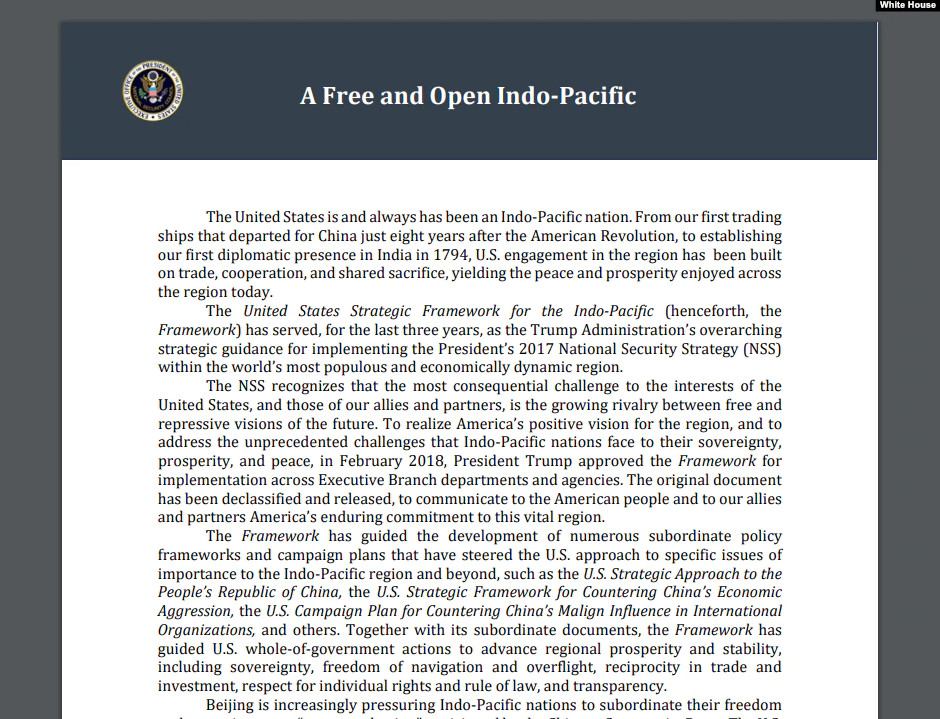
“Together with other documents, this Strategic Framework has guided actions for the entire US government to promote regional prosperity and stability, including sovereignty, freedom of navigation, and overflight. , reciprocity in trade and investment, respect for individual rights and the rule of law, and transparency,” wrote the National Security Advisor’s statement.
Mr. O’Brien wrote: “In Danang, Vietnam, in 2017, on the longest trip to this area in more than a quarter of a century by a US President, President Trump concluded a major book, together with the vision of Japanese Prime Minister Abe, calls for a Free and Open Indo-Pacific.”
The region, according to President Trump, “is a place where sovereign and independent countries, with diverse cultures and diverse dreams, can all prosper together and thrive in freedom and peace.”
According to Mr. O’Brien, the decryption of this Strategy Framework shows the transparency and strategic commitment of the US to the Indo-Pacific region and with its allies and partners in the region.
The United States considers the Indo-Pacific region “a beautiful national constellation, each with satellites, a bright star – and each star is a nation, a culture, a way of life and a home,” the statement quoted Trump as speaking in Vietnam in 2017.
The Australian Institute of Strategic Policy (ASPI) said on January 13 that the main author of this Strategic Framework was the National Security Advisor at that time, H.R. McMaster, and Director of the US National Security Council (NSC) for Asia Matt Pottinger, who later became the Deputy Advisor of National Security.
The decryption of this document took place at the time of the Trump administration’s end, a week before President elected Joe Biden to take office on January 20, 2021.
Professor Rory Medcalf writes on the ASPI page that the language used in this document is “often defensive: not intended to hinder US-China economic relations, but to” suppress China’s business practices and unfair trade practices because they distort global markets and damage the competitiveness of the US.”
“There is still recognition of the need to cooperate with China in the interests of the US although this is very vague, so the administration of President elected Joe Biden may recognize some specific information from the very beginning for conservative tests in the [US-China] partnership,” Mr. Medcalf said.
“Skeptical observers may understand that announcing the strategy right now, amid a struggling transition, is an obvious game for the continuum of policy.”
Professor Medcalf wrote: “This is because there is concern that the Biden administration may not be very determined to China’s challenge and attempt to dominate – or actually formulate an idea on the Indo-Pacific or not, at least in a “Free and Open” variant, in the midst of a call for regional unity against China’s hegemonic power.”
Thoibao.de (Translated)








